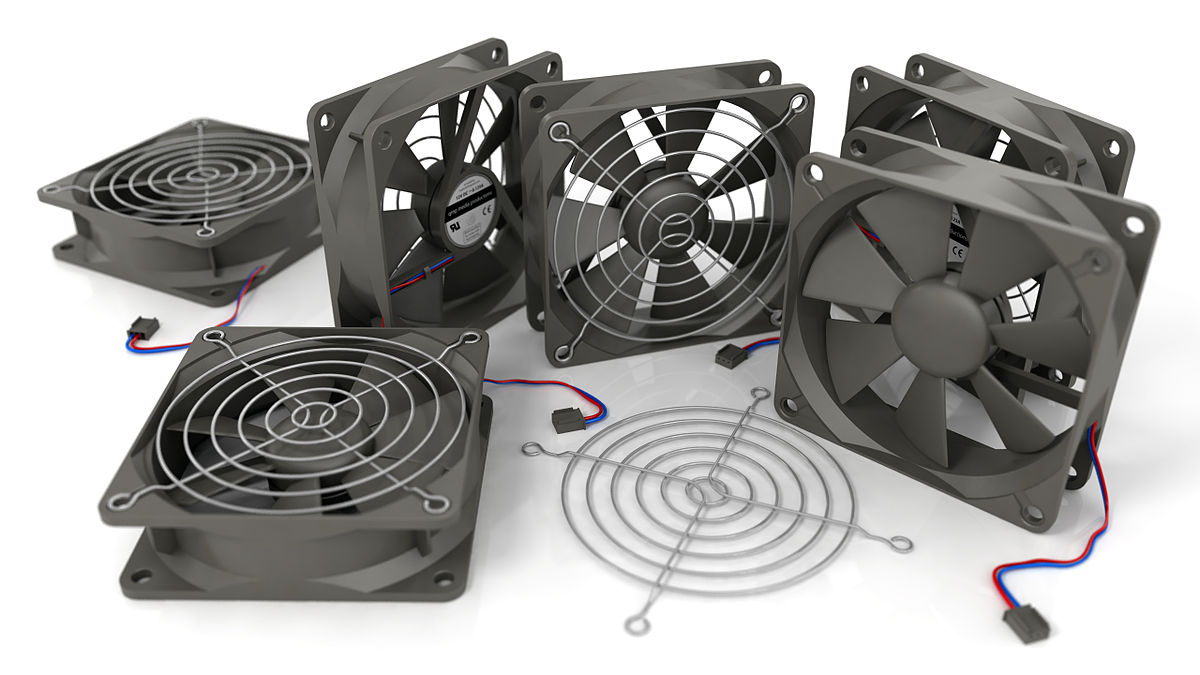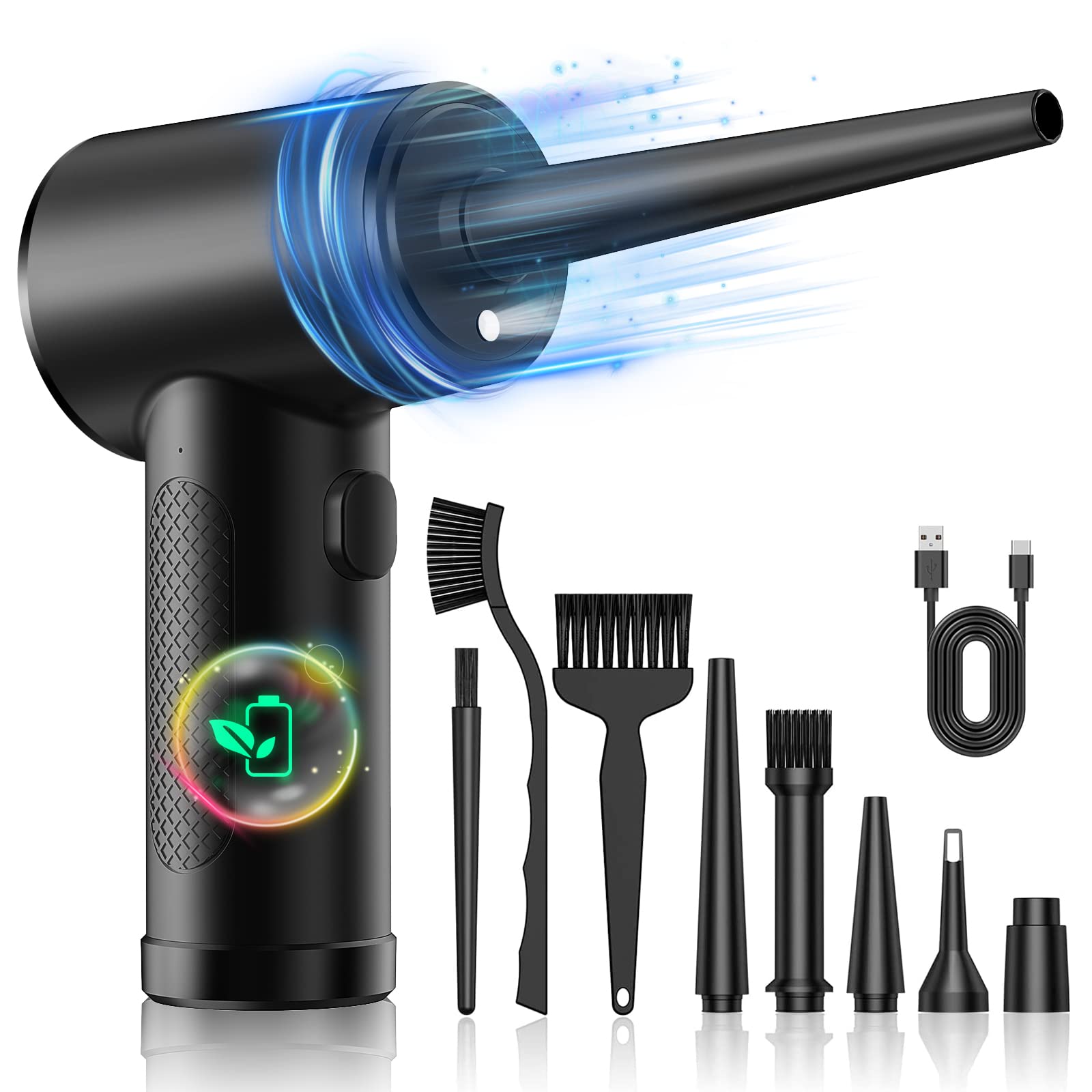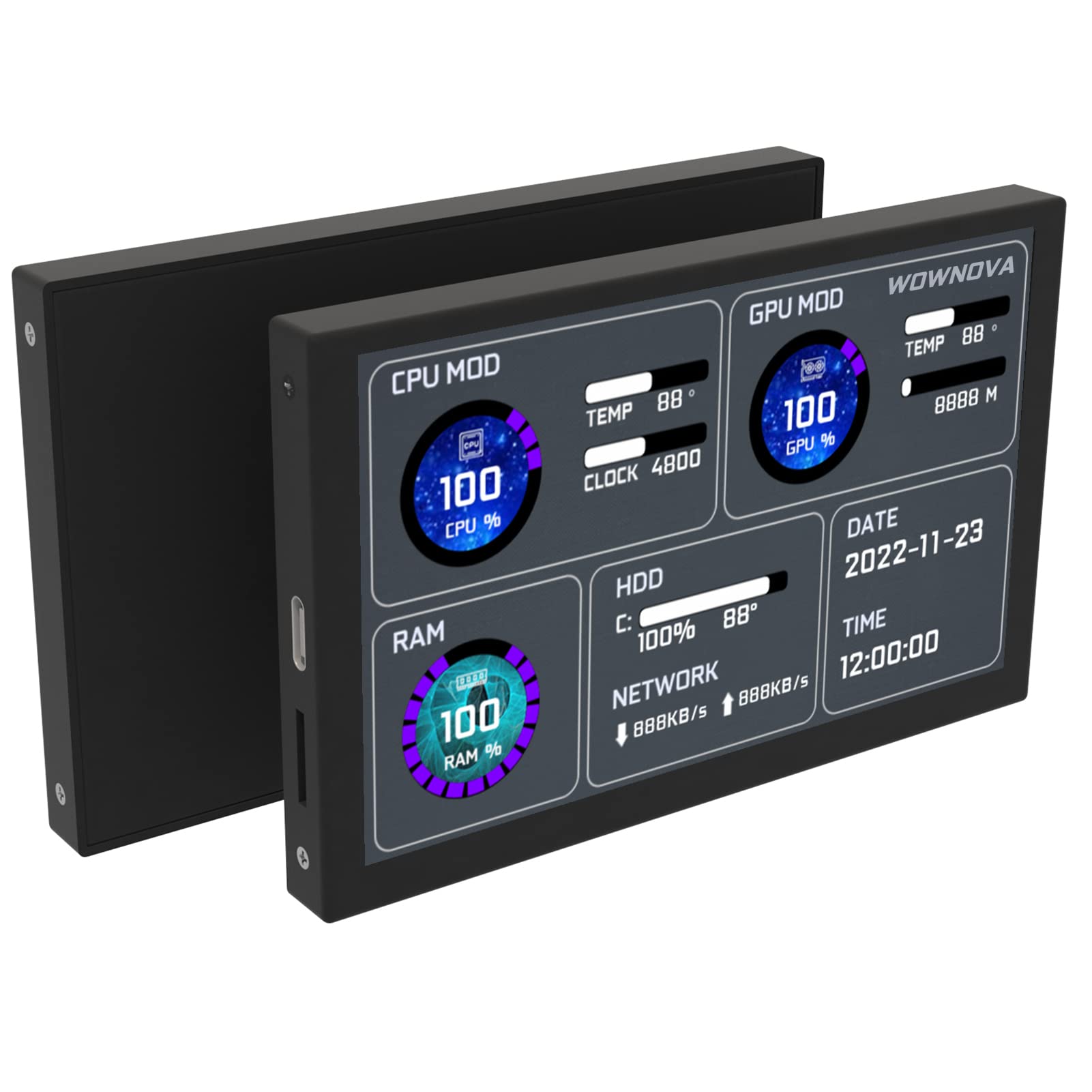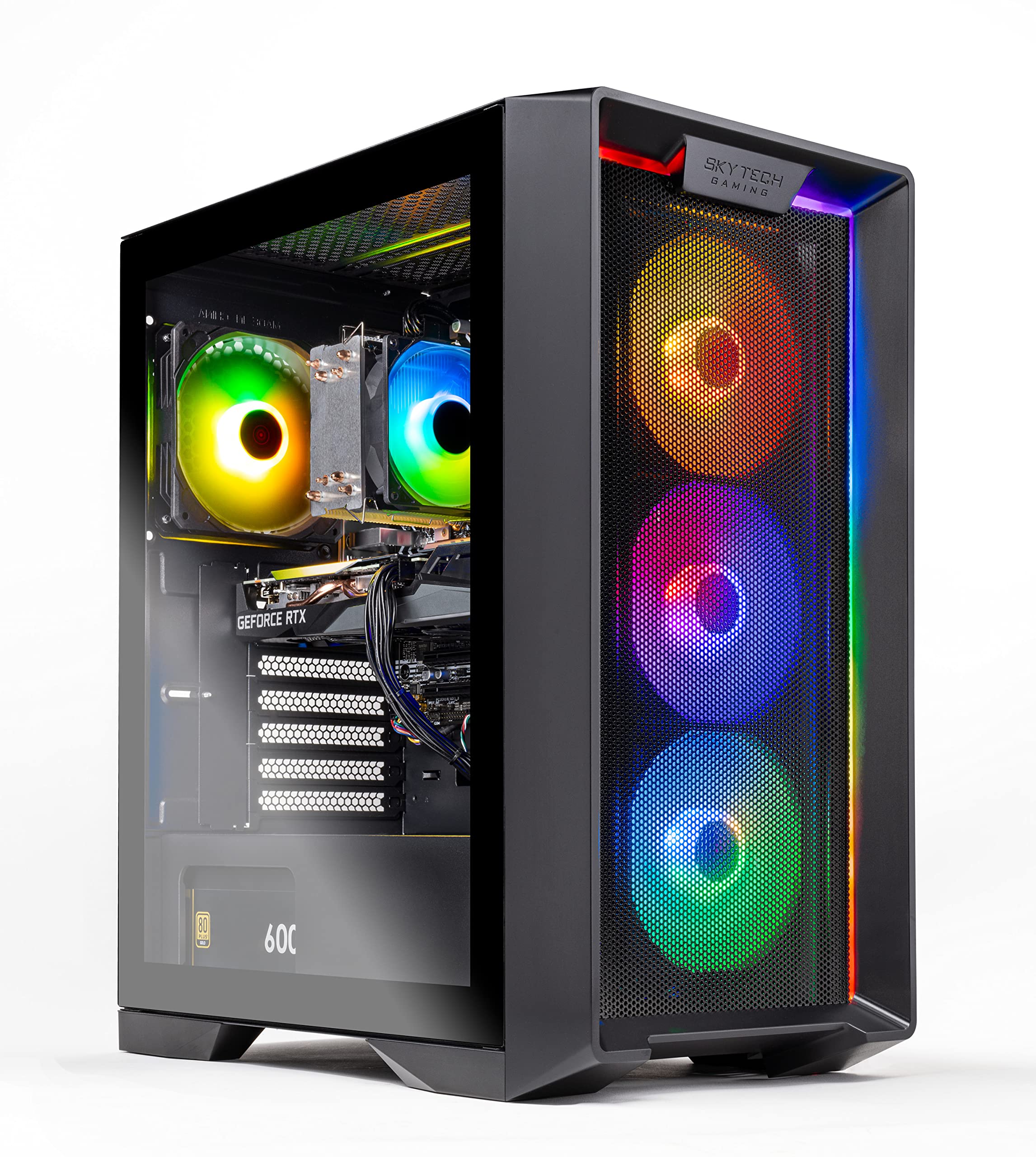Having your PC suddenly shut down can be a frustrating experience. In this article, we will explore the potential causes of random PC shutdowns and provide effective solutions to resolve them.
Overheating Solutions

If your PC is randomly shutting down, overheating could be the culprit. Here are some solutions to help you solve this issue:
1. Check for dust and clean your computer: Dust can accumulate on the fans and heat sinks, reducing airflow and causing overheating. Use a vacuum or compressed air to remove the dust.
2. Ensure proper ventilation: Make sure your PC is placed in a well-ventilated area. Avoid blocking the air vents and ensure there is enough space around the computer for air to circulate.
3. Apply thermal paste: If your CPU or graphics card is overheating, applying fresh thermal paste can improve heat transfer and reduce temperatures.
4. Monitor and control your PC’s temperature: Use software like SpeedFan to monitor your PC’s temperature and adjust fan speeds if necessary.
5. Check your computer’s fans: Ensure that all fans, including the CPU and case fans, are functioning properly. Replace any faulty fans.
Handling Hardware Issues
When experiencing random PC shutdowns, it’s important to consider hardware issues as a possible cause. Here are some steps to handle hardware problems:
1. **Check the power supply unit (PSU):** Ensure that the PSU is properly connected and functioning. Look for any loose connections or signs of damage.
2. **Inspect the cooling system:** Overheating can lead to unexpected shutdowns. Clean the computer fan and heat sink to remove any dust or debris that may be blocking airflow.
3. **Test the memory (RAM):** Run a memory diagnostic tool to check for any issues with your RAM. You can use the built-in Windows Memory Diagnostic tool or third-party software.
4. **Examine the motherboard:** Inspect the motherboard for any visible signs of damage such as bulging capacitors or burnt components. If you notice any issues, consider replacing the motherboard.
5. **Update device drivers:** Outdated or faulty device drivers can cause system instability. Use the Device Manager to update drivers or visit the manufacturer’s website for the latest versions.
Addressing Fan and Dust Problems
One common cause of random PC shutdowns is overheating due to fan and dust problems. Dust can accumulate inside your computer, blocking the airflow and causing components to overheat. Here are some steps to address this issue:
1. Clean your computer: Turn off your PC and unplug it from the power source. Use a can of compressed air or a vacuum cleaner with a brush attachment to remove dust from the vents, fans, and heat sink. Be careful not to damage any delicate components.
2. Check the fans: Make sure all the fans in your PC are working properly. If a fan is not spinning or making unusual noises, it may need to be replaced.
3. Upgrade your cooling system: Consider installing additional fans or upgrading your CPU cooler to improve airflow and prevent overheating.
4. Keep your PC in a well-ventilated area: Ensure that your computer is placed in a location with good airflow, away from walls or other objects that could block the vents.
5. Regularly clean your PC: Make it a habit to clean your computer every few months to prevent dust buildup and maintain optimal performance.
By addressing fan and dust problems, you can help prevent random PC shutdowns and ensure that your computer operates smoothly.
Updating Drivers and GPU Firmware
To solve random PC shutdowns, it’s important to update your drivers and GPU firmware. Outdated or incompatible drivers can cause instability and lead to unexpected shutdowns. Start by checking your device manufacturer’s website for the latest driver updates for your hardware. Download and install the updates, following any installation instructions provided. For GPU firmware updates, visit the GPU manufacturer’s website and look for firmware updates specifically for your model. Make sure to follow the instructions carefully to avoid any issues.
Updating your drivers and GPU firmware can help resolve random shutdowns and improve overall system stability.
Combating Malware Infections
To combat malware infections that may be causing random PC shutdowns, it is essential to have reliable antivirus software installed on your computer. Regularly scan your system for malware and ensure that your antivirus software is up to date. Avoid downloading files from untrusted sources and be cautious when opening email attachments. Additionally, consider running a malware removal tool to clean your system thoroughly. Regularly update your operating system and all installed programs to patch any security vulnerabilities. It is also important to keep your computer hardware in good condition by cleaning the fans and ensuring proper ventilation.
If the issue persists, seek professional help or consult online forums for further troubleshooting steps.
Rectifying Battery and Power Supply Issues
If you’re experiencing random shutdowns on your PC, it could be due to battery or power supply issues. To rectify these problems, follow these steps:
1. Check your power source: Ensure that your laptop or desktop computer is properly connected to a power outlet. If you’re using a laptop, make sure the battery is securely inserted.
2. Examine the power supply unit: Inspect the power supply unit (PSU) for any physical damage or loose connections. If necessary, replace the PSU with a compatible one.
3. Test the battery: If you’re using a laptop, run a battery diagnostic test to check its health. Refer to your laptop’s user manual for instructions on how to perform this test. If the battery is faulty, consider replacing it.
4. Update your drivers: Outdated or incompatible device drivers can cause power-related issues. Update your drivers, especially those related to the power management system, from the manufacturer’s website or using Device Manager.
5. Adjust power settings: Open Control Panel (Windows key + X, then select Control Panel) and navigate to Power Options. Here, you can customize your power plan settings to optimize performance and prevent unexpected shutdowns.
Adjusting Overclocking Settings
If you are experiencing random PC shutdowns, it could be due to improper overclocking settings. Here’s how you can adjust them to solve the issue:
1. Restart your computer and enter the BIOS settings by pressing the Del or F2 key (depending on your motherboard) during startup.
2. Locate the overclocking settings, which are usually found under the “Advanced” or “Performance” tab.
3. Reduce the CPU clock speed and voltage incrementally to find a stable setting. Start with a small adjustment, then test your PC’s stability by running stress tests or demanding applications.
4. If your PC remains stable, continue lowering the clock speed and voltage until the random shutdowns stop.
5. Save the changes and exit the BIOS settings.
Dealing with Fast Startup Settings

To deal with fast startup settings and resolve random PC shutdowns, follow these steps:
1. Press the Windows key + R to open the Run dialog box.
2. Type “powercfg.cpl” and hit Enter to open the Power Options window.
3. In the Power Options window, click on “Choose what the power buttons do” on the left sidebar.
4. Click on “Change settings that are currently unavailable” to access advanced power options.
5. Scroll down to the “Shutdown settings” section and uncheck “Turn on fast startup.”
6. Click on “Save changes” to apply the new settings.
7. Restart your PC to complete the process.
Disabling fast startup can help resolve random shutdown issues on your Windows 10 PC.
Resolving Software and OS Conflicts
One common issue that can cause random PC shutdowns is software and operating system conflicts. These conflicts can occur when incompatible programs or drivers are installed on your computer. To resolve these conflicts, follow these steps:
1. Update your operating system and software to the latest versions. This can often fix compatibility issues and improve overall system stability. Use the Windows Update feature to check for updates and install them as needed.
2. Check for conflicting programs. Some software applications may not work well together and can cause shutdowns. Open the Control Panel in Windows and navigate to the “Programs” or “Programs and Features” section. Look for any programs that you suspect may be causing conflicts and uninstall them.
3. Update device drivers. Outdated or incompatible drivers can also lead to software conflicts and random shutdowns. Visit the manufacturer’s website for your hardware components, such as your graphics card or sound card, and download the latest drivers. Install them according to the manufacturer’s instructions.
4. Run a thorough virus scan. Malware infections can disrupt your operating system and cause unexpected shutdowns. Use a reliable antivirus program to scan your computer for any malicious software. If any threats are detected, follow the antivirus program’s instructions to remove them.
5. Check your power supply unit (PSU). A faulty or insufficient PSU can cause your PC to shut down unexpectedly. Ensure that your PSU is properly connected and functioning correctly. If necessary, consider replacing it with a more powerful and reliable unit.
By addressing software and operating system conflicts, you can help resolve random PC shutdowns and improve the overall stability and performance of your computer.
Preventive Maintenance Tips
- Clean the PC:
- Power off the PC and unplug it from the power source.
- Use a can of compressed air to blow out any dust or debris from the vents and fan.

- Use a soft, lint-free cloth slightly dampened with water or isopropyl alcohol to clean the exterior of the PC.
- Check the power supply:
- Inspect the power supply unit for any physical damage or loose connections.
- Ensure that the power supply fan is functioning properly.
- If necessary, replace the power supply with a new one.
- Monitor the temperature:
- Download and install a temperature monitoring software.
- Monitor the CPU and GPU temperatures while the PC is running.

- If the temperatures are consistently high, clean the CPU and GPU heatsinks and fans.
- Update drivers and software:
- Check for any available updates for the operating system, drivers, and software.
- Download and install the latest updates from the manufacturer’s website.
- Restart the PC after installing updates to ensure they take effect.
- Check for malware:
- Run a full system scan using reliable antivirus software.
- If any malware is detected, follow the software’s instructions to remove it.
- Regularly update the antivirus software and perform scans to prevent future infections.
- Inspect hardware components:
- Open the PC case and visually inspect all hardware components.
- Ensure that all cables and connections are secure and not damaged.

- If any component appears faulty or damaged, consider replacing it.
F.A.Q.
Can faulty RAM cause shutdown?
Yes, faulty RAM can cause shutdown.
Is it bad for PC to turn off suddenly?
Turning off a PC suddenly can be harmful as it may lead to data loss or file system damage.
How do you fix a computer that keeps turning off?
To fix a computer that keeps turning off, you can try the following steps:
– Check the power supply and cable.
– Monitor the computer temperature.
– Verify the memory.
– Inspect the motherboard.
– Disable automatic restart.
– Update the BIOS.
– Perform startup repair.
– Consider resetting the PC if necessary.
Why did my PC randomly shutdown?
Your PC may have randomly shutdown due to a critical component, such as the CPU, exceeding its safe operating temperature. This can occur to prevent further damage, particularly during demanding tasks like PC gaming.

